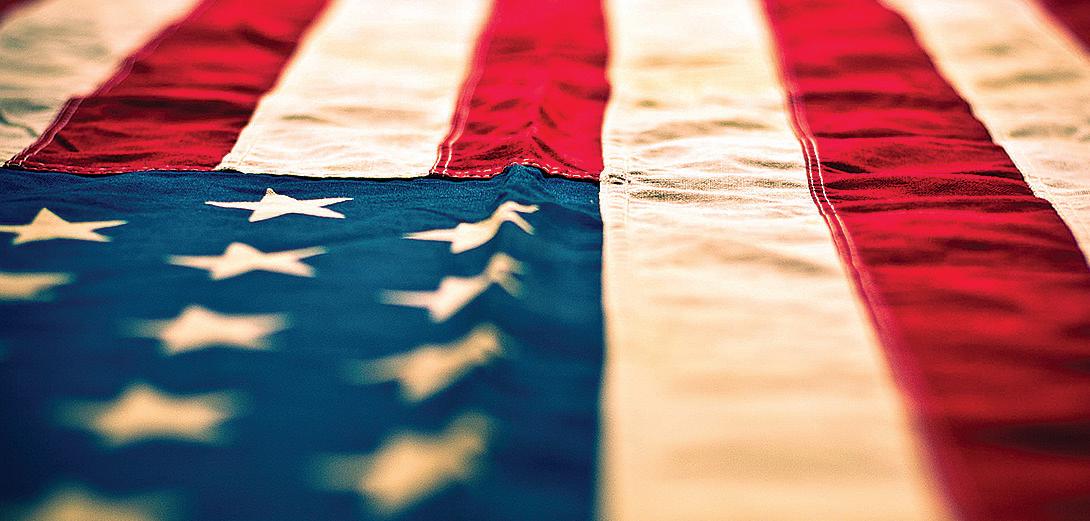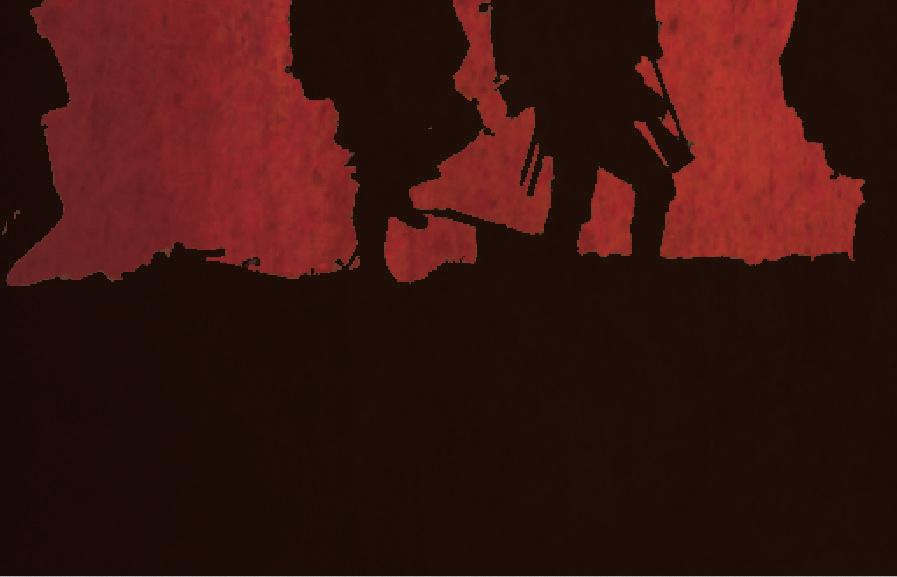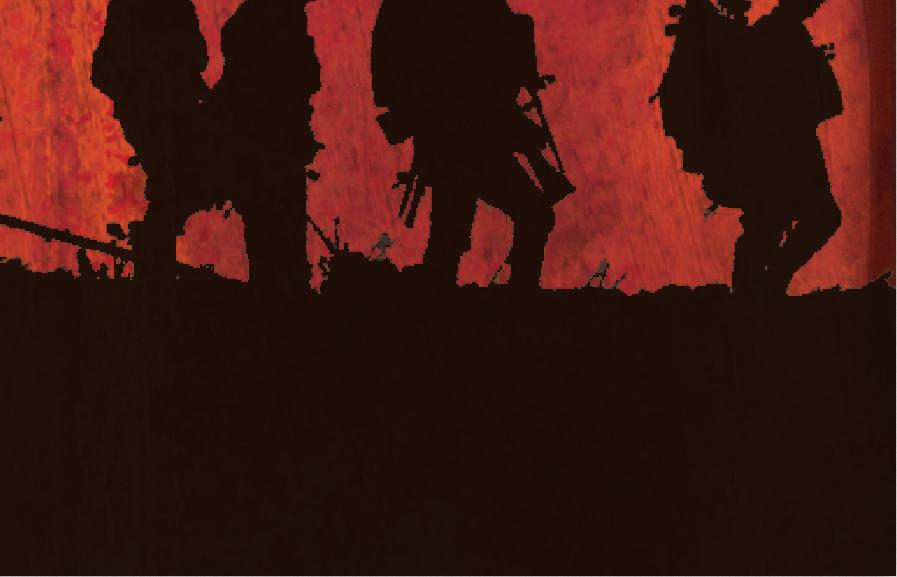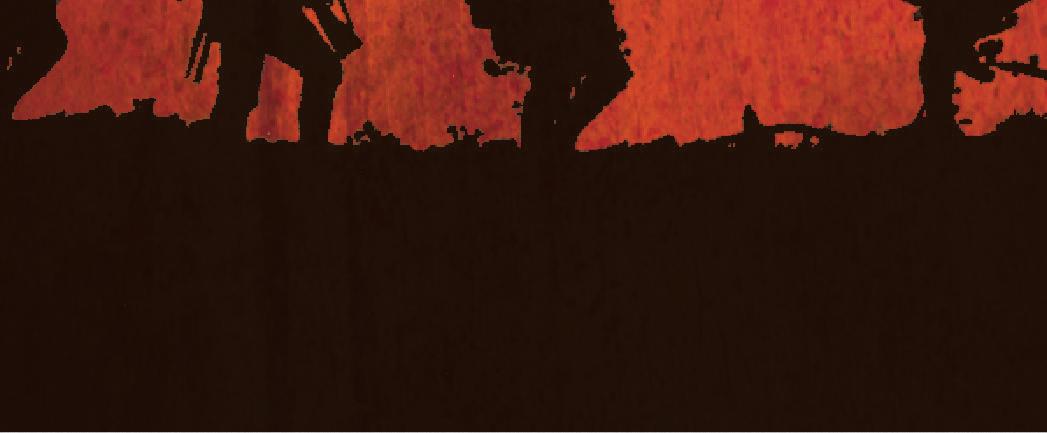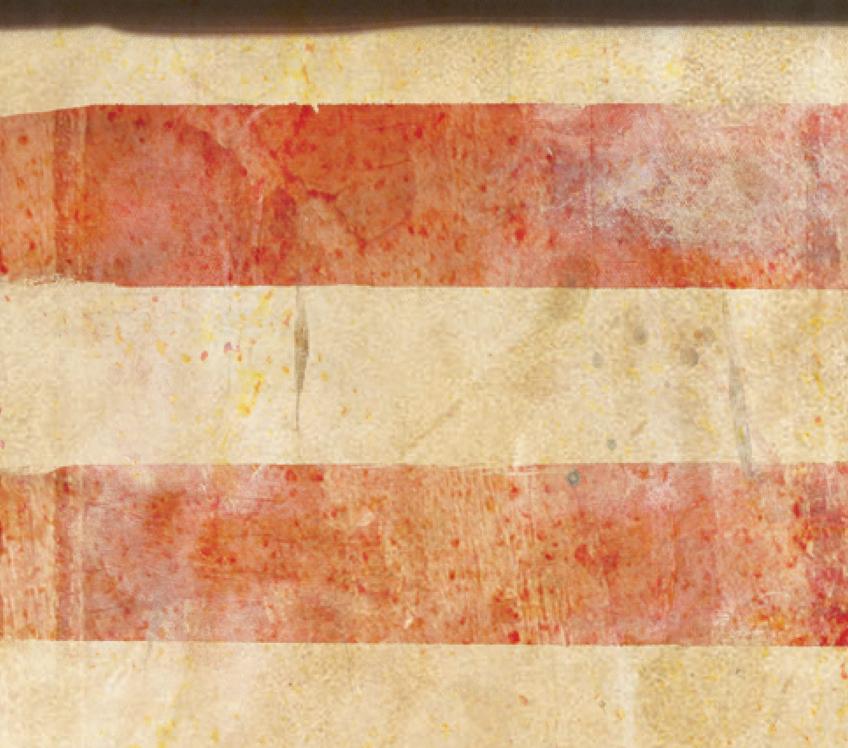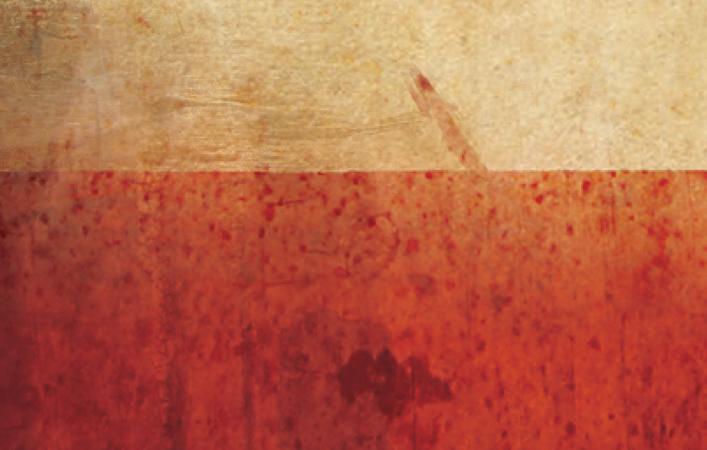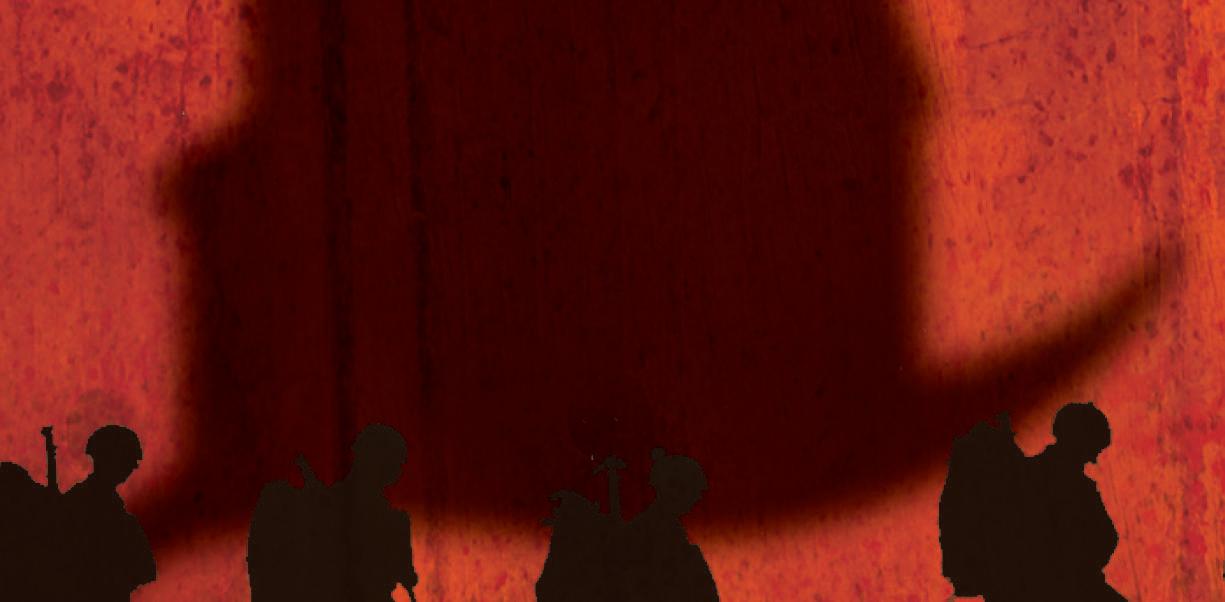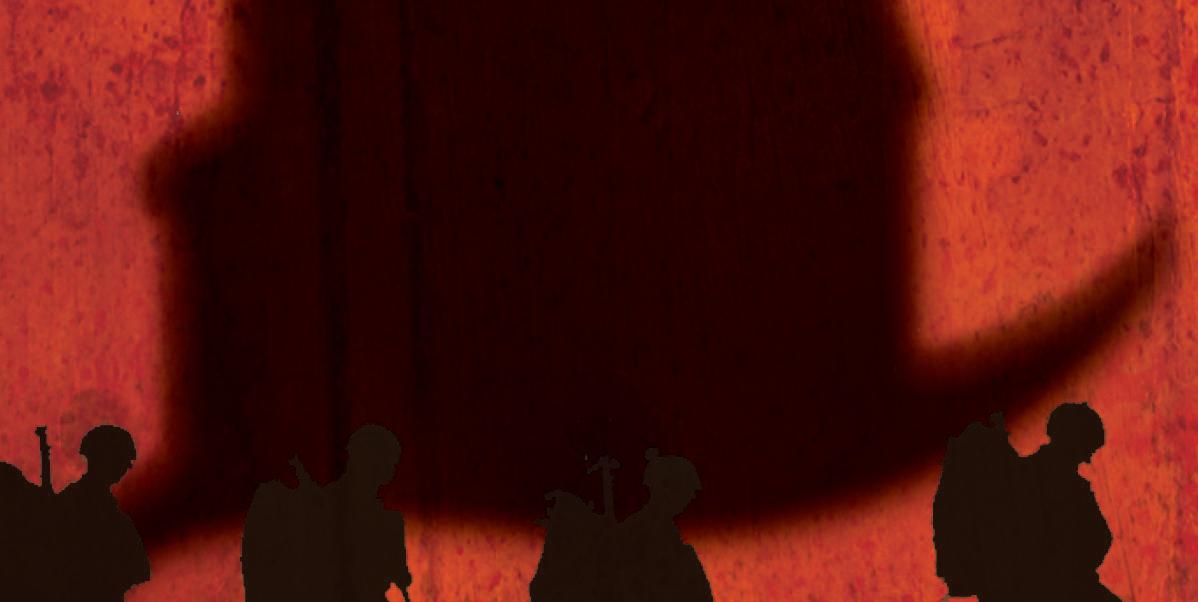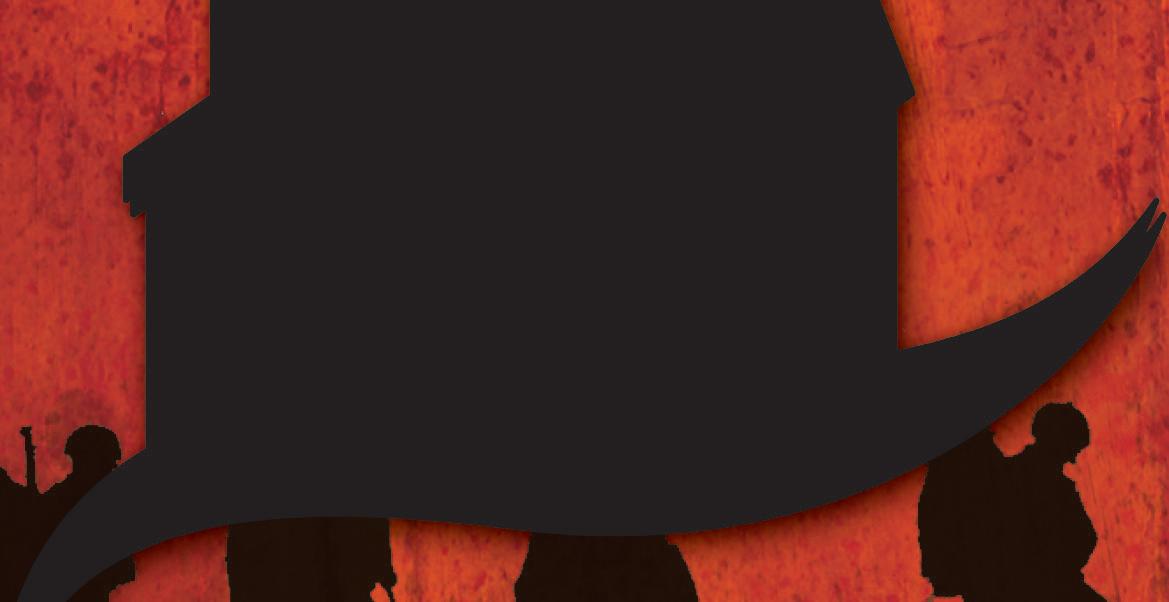SOME GAVE ALL SOME GAVE ALL SOME GAVE ALL



















On Memorial Day, people all over the nation pause to remember the sacrifices made by their neighbors and loved ones who lost their lives while serving in the United States Military.

A local woman’s discovery reminds the community of the supreme sacrifice made by Sgt. Charles E. Harrison Jr. when he lost his life July 26, 1970, while serving with the United States Army in the Vietnam War.

More than 50 years after his death, Crystal Meacham Sponeybarger recalls the day she and her husband, Ed, found Sgt. Harrison’s Army dress uniform and the telegram notifying his parents and sister, Mary, that he had been killed in action.
Sponeybarger knew his parents, the late Charles E. Harrison Sr. and his late wife, Gertrude, of Depot Street, from when she was a teenager. She also remembers their heartbreak.
After the death of Harrison’s parents, the house was sold about 2007 and the contents were auctioned off. After the auction, Sponeybarger and her husband were hired to clean up the home. The Salamanca couple started upstairs with Sponeybarger working in the bedroom of Charles Jr. who was killed while serving in Vietnam.
Excited, she called to her husband telling him she had found a perfectly pressed and preserved Army dress uniform that had belonged to Charles Jr. When she looked down at a pile of discarded clothing on the floor, she noticed something intriguing.
“The closer I got to the pile, the more my heart started pounding. As I started picking stuff up, I found this envelope from Western Union with the telegram that notified his parents of their son’s death,” she recalled. “I
started to cry because I could feel his parents’ sadness. I mean, he was his mother’s world. Gertrude bragged about her son all the time.”
With her hands shaking, Sponeybarger opened the envelope and tried to read the telegram through tears. She thought it was terrible for someone to be notified about their child’s death in such an informal manner.
Sponeybarger donated the telegram, a uniform shirt, hat, jacket and several other military items belonging to Sgt. Harrison to the Salamanca Area Historical Society & Museum. The telegram is in a display case for visitors to see.
“If Ed and I had not been there in the house to clean it out, the telegram and uniform would have been tossed out,” she said, “but I have a sixth sense and I just knew it was something special — a part of history.”
AN ARTICLE published in the Salamanca Republican-Press on July 30, 1970, said Sgt. Harrison was a member of Co. A, 1st Battalion, 46th Infantry, 196th Brigade of the Americal Division.
On July 30, the Harrisons received
an official telegram that their only son had been missing in action since July 26, after the infantry squad he led met enemy forces in the Quang Tin Province.

The telegram sent by Major General Kenneth G. Wickham on behalf of the Secretary of the Army in Washington, D.C. said:
“The Secretary of the Army has asked me to express his deep regret that your son, Sgt. Charles E. Harrison Jr., was killed in action in Vietnam on 7/26/70.
“He was on a combat operation when a hostile force was encountered. He was previously reported as ‘Missing in Action.’ Positive individual identification of his remains has been established.
“Please accept my deepest sympathy. This confirms personal notification made by a representative of the Secretary of the Army.”
Born March 6, 1946, Harrison was a 1964 graduate of Salamanca Central High
School. Interested mainly in farming and cattle-raising, he continued his education at the State Agricultural and Technical College at Morrisville, where he graduated in 1966. He was employed as a herdsman at a dairy farm at Churchville, near Rochester, before being inducted into the Army. Harrison did his basic Army training at Fort Dix, N.J., before being transferred to Fort Benning, Ga., where he trained as a paratrooper, but later was put in the infantry. He was a drill instructor at Fort Jackson, S.C., before being sent to Vietnam by plane from Fort Lewis, Wash., in early March 1969.
Buried in Calvary Cemetery in Salamanca, Harrison received a Purple Heart. Sponeybarger said no military medals were found in the house when
its contents were sold, and she assumes they were auctioned off. She believes the military replaced some of his medals for the family.
Sgt. Harrison is honored on the Vietnam Veterans Memorial in Washington, D.C., and his information can also be found on the Virtual Wall of the Vietnam Veterans Memorial, Wall-ofFaces at vvmf.org. His name is also inscribed on the Salamanca Vietnam Memorial located at the entrance to Veterans Memorial Park.






















































































































































It was 30 years ago this fall when a West Clarksville warrant officer was killed in the Battle of Mogadishu.
Chief Warrant Officer 4 Clifton P. Wolcott died Oct. 3, 1993, after the helicopter he was piloting to support special operations in the Somalia capital was struck by a rocket-propelled grenade.
The Richburg Central School Class of 1975 graduate joined the U.S. Army at the age of 19, first in the Military Police, with a deployment to Germany. In 1980 he graduated from U.S. Army flight school. While in the
service, he flew OH-58 Kiowa scout and AH-1 Cobra attack helicopters for the 229th Attack Helicopter Battalion at Fort Campbell, Ky. Later, he built a career flying secret missions with the 160 Special Operations Aviation Regiment, the Night Stalkers, to support Navy SEALS and Delta Force operations.
He participated in U.S. actions in Panama, Saudi Arabia and other sites worldwide. His numerous awards include the Silver Star, Soldier’s Medal, Purple Heart, Meritorious Service Medal, two Air Medals, three Army Commendation Medals, Joint Service Achievement Medal, Army Achievement Medal, three Joint Meritorious Unit Awards, three Armed Forces Ex-
peditionary Medals, Senior Aviator Badge and an Air Assault Badge.
Such a mission would be his last Oct. 3, 1993, when a force of Delta operators and Army Rangers were lowered into downtown Mogadishu, Somalia, with the objective of capturing key lieutenants of an infamous warlord who refused to cooperate with a United Nations peacekeeping force trying to end the Somali civil war.
Hovering over the streets of the city, the MH-60 Black Hawk helicopter Wolcott was piloting was struck with a rocket-propelled grenade. He attempted to keep the aircraft under control as it crashed, saving the lives of two Special Forces snipers on board. Wolcott and his copilot were killed. The snipers were later rescued in a bloody fight that claimed the lives of 19 Americans and hundreds of Somalis.
Wolcott posthumously received the Distinguished Flying Cross and the Bronze Star for his bravery.
The battle was the most deadly for the U.S. military since the Vietnam War. The battle led to the eventual withdrawal of American forces from the peacekeeping operation, and peacekeeping efforts ended in 1995. The Somali Civil War continues to this day.

At the time of his death, Wolcott was survived by his wife, Christine M. Wolcott; a son, Robert; his parents of Beauford, N.C.; a sister, Ursula
Ky.
In 1995, Wolcott was inducted into the Army Aviation Hall of Fame.
The story of the mission and the rescue efforts -- which included recovering Wolcott’s body -- were retold in the book “Black Hawk Down,” and told again on the silver screen in the 2001 Academy Award winning film of the same title. His memory is not forgotten in the town where he went to school.
In 2021, the Richburg-Wirt Historical Society and area veterans organizations honored Wolcott by dedicating a memorial to him on the grounds of Bolivar-Richburg Elementary School, the former Richburg Central School building. The granite stone carries a plaque with his picture, the U.S. Army seal and the emblem of the Night Stalkers.

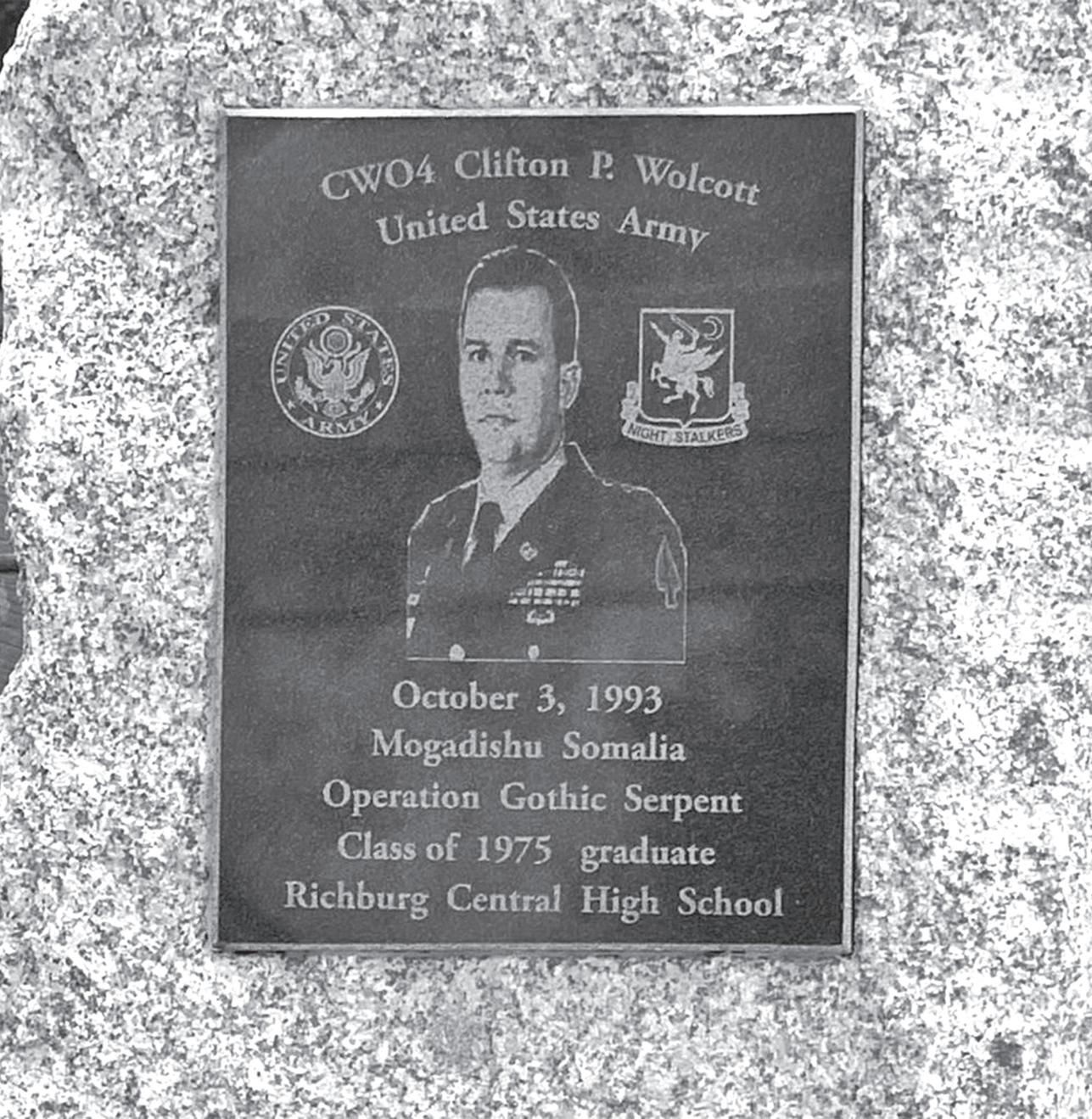
During NASCAR’s annual 600 Miles of Remembrance at the Coca-Cola 600 in Charlotte, N.C., Chase Briscoe of Stewart Haas Racing will honor the memory of U.S. Navy Hospitalman James Oxley from Bradford.
The race pays tribute to the brave men and women who made the ultimate sacrifice for their country. It will be televised and available on the radio (FOX/PRN/SiriusXM NASCAR Radio), with a start time of 6 p.m. Sunday. The event includes 400 laps totaling 600 miles, which will be completed in four stages, 100 miles each.
At the halfway point of the race on Sunday, each car will enter pit road and stop. A moment of silence will take place to remember and honor those who did not return, those whose names are displayed on the windshields of the cars — and the names etched in the minds of all who remember the fallen.

The military hero Briscoe will remember on his No. 14 Mahindra Tractors Ford Mustang, Oxley, was killed in Vietnam. He was born on April 3, 1946, to Keith and Mary Oxley. He was a high school athlete who lettered in basketball and football prior to his graduation in 1965.
After enlisting in the U.S. Navy in 1966, he went on to train as a Navy corpsman, obtaining the rank of hospitalman. After eight weeks of warfare training at Camp Lejeune, he deployed to Vietnam on July 15, 1967, attached to the 3rd Marines Division, 2nd Battalion, 9th Marines, “Fox” Company, which was stationed out of “Leatherneck Square,” Quang Tri Province, Firebase Dong Ha.

On Nov. 30, 1967, his squad was part of Operation Kentucky, in which it overran a North Vietnamese army
bunker. Fifty-three members of Oxley’s squad were wounded in the operation with 15 Marines lost, including the 21-year-old hospitalman.
When asked how he feels about carrying the name of a military hero on his car, and to see the added red, white and blue, and that name on the windshield as he goes to climb in the car, Briscoe said, “Yeah, it’s always a really special event. A lot of the Gold Star families come out and it just gives you a little bit more motivation to perform well. I’ve always enjoyed getting to meet the families and hear more about the sacrifice that their family members made, get to know a little bit more about what they were like, and just get to know that person whose name is riding along. It’s just always a really special day and something that I’ve always enjoyed being able to do.”
Oxley was the recipient of the Purple Heart, Combat Action Ribbon, National Defense Service Medal, Navy Presidential Unit Citation, Vietnam Gallantry Cross, Navy Good Conduct Medal and the Navy Expeditionary Medal.
Briscoe is making his fifth start
at Charlotte’s 1.5-mile oval, with his highest finish at sixth. Though in the Xfinity Series, Briscoe finished first; that was in 2018.

With this being the longest race of the season, Briscoe said, “I’m trying to stay optimistic. The mile-anda-half tracks have definitely been kind of a weak link for us, but I do feel like the last few weeks we have found some things that could help.
And truthfully, last year we kind of struggled up until the Coca-Cola 600 and then we were good there. So, I’m trying to stay optimistic. I think it will be an uphill battle, but we can go there and hopefully compete. It’s a long enough race where anything can happen. So, hopefully, we can go there and have another run where we’re contending for the win.”
 By Arthur G. Austin Jr.
By Arthur G. Austin Jr.
It’s funny how things work. I was in Michigan fishing along the Detroit River with a friend and a huge flotilla of other boats. The annual walleye season was in full swing, and we located fish near the center of the river near the channel.
As a large freighter approached, we moved off our spot to allow it to pass. To our surprise and dismay, the captain of the ship came out of the helm and hung from a ladder with one hand gesturing with his other while yelling and screaming at the top of his lungs. Obviously, the large number of boats in his path had pushed him over the edge. Although we were clearly out of his way in plenty of time, his need to express himself got the best of him.
As he was calling upon the strength of God, for a moment watching him clearly out of control, I was taken back to my service time in Guantanamo Bay, Cuba. Periodically there were detainees who, given any attention would mirror the same behavior. One in particular would gesture and spew some of the most profane and despicable descriptions of sadistic dismemberment and retaliation towards our service members, words of descriptive language which would put even the saltiest sailor to shame.
As I watched the freighter pass slowly down the river I thought, “How quickly as Americans we forget.” It wasn’t that long ago that the Canadian border to Detroit was off limits. It wasn’t that long ago a group of military officers, who I served with in Iraq, were in the Red Zone of Iraq.
I meet with my group of military battle buddies at least once a year. Earlier this month we met in Florida. We were all the equivalent of mili-
tary O6s, or colonels, when we were serving together as heads of different departments at the Forward Operating Base (FOB) known as Shield. FOB Shield was in the center of Sadr City, or Saddam City as the locals called it. Modern-day battle practices call for the placement of posts such as FOB Shield into the center of a community where we have a direct effect on the community … and them on us.
Like my situation, most of my friends’ sections were made up of government contractors. These were civilians with special backgrounds, abilities and expertise who worked alongside military personnel. Now, this is not your normal Memorial Day commentary. This is about a unique group of individuals, some of them with prior service, but most in our case were current or former law enforcement officers, security, industrial workers and even farmers. We were
there to assist in the rebuilding of the Iraqi government.
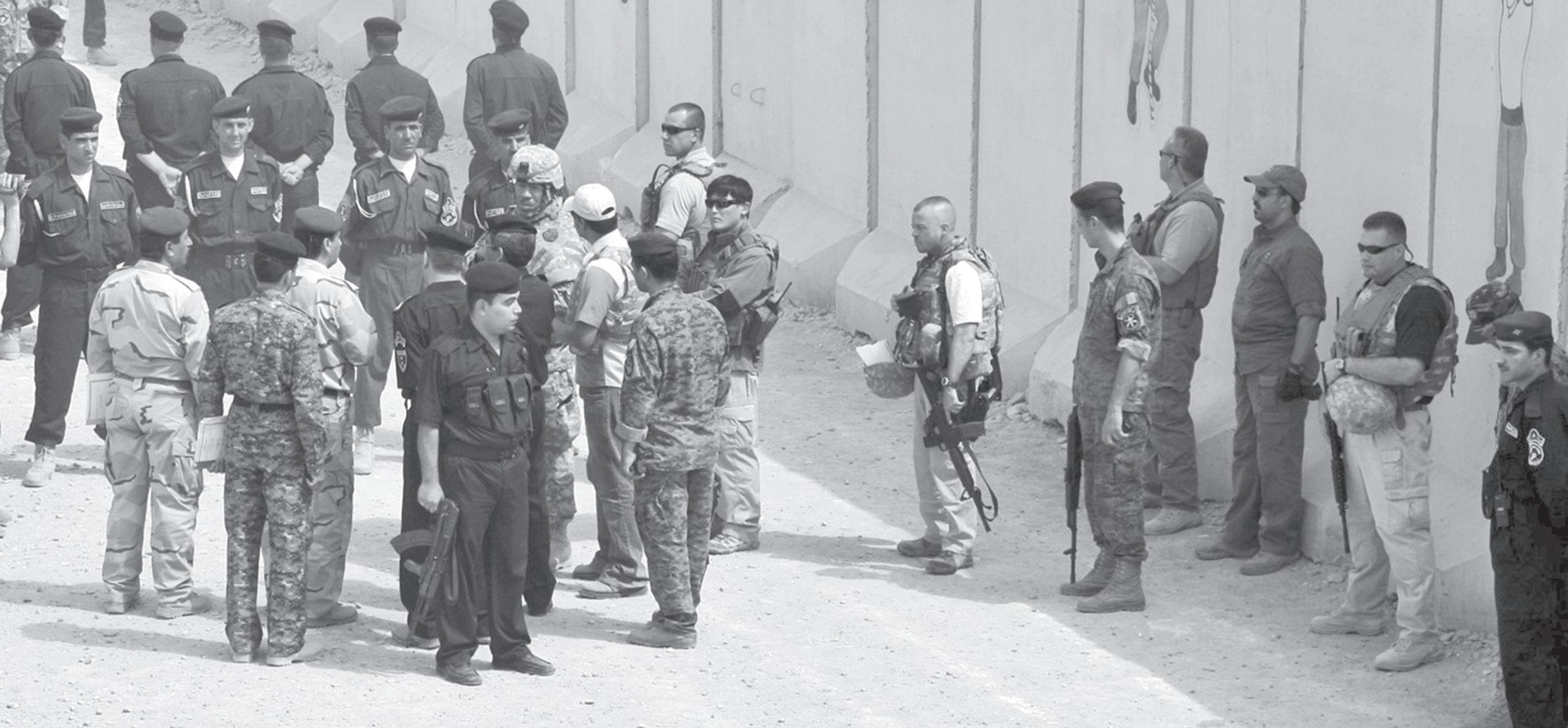
One individual, who I will refer to as Khalim, joins my group of battle buddies when we meet each year. Khalim was originally in the Iraqi army. Given word of the impending takeover by Saddam Hussien, Khalim and his family fled for the United States from Iraq years ago. A devout Christian, Khalim remembers what many Americans have forgotten: freedom comes at a price. I am not using his real name because Khalim and his family have been targeted in the past.
Khalim worked as one of our interpreters. He sports a scar across his belly from his left hip to his right from an improvised explosive device (IED). All the other individuals within the American Army tactical vehicle he was riding in were killed — Khalim remembers all too well what Memorial Day is all about.
During the first Gulf War, one of my additional duties was to track the non-combat deaths of American service members and contractors. Combined, I had tallied well over 600. The United States officially lists the number of service members killed in the Gulf War during battle actions as 96, with another 105 non-hostile deaths (ref: https://history.army.mil). The prosecution of battle comes at a great price of human life, many of them great patriots who don’t hesitate to come to the aid of our country even though their original service days are over. Some have never seen service but are considered Subject Matter Experts (SMEs) in their field. Their deaths, often having gone unnoticed, are real!
On this Memorial Day, along with our military service members,
They answered the call of their nation, facing danger and death to defend our freedom. On Memorial Day, we solemnly remember and honor these brave men and women for their heroic service and sacrifice.
To every soldier - past and present, at home and abroad - we salute you







814-225-2220
















































Nearly 1.25 million men and women from Pennsylvania served in the Armed Forces in World War II. More than 33,000 were killed, wounded, imprisoned or reported missing.

Roughly 11% of Americans left their homes and loved ones to put their lives at risk in foreign lands, fighting evils that were beyond the realm of imagination for most.
Why? For children like Grigory Shershnevsky.
On April 30, Holocaust Survivor Shershnevsky spoke to a packed house at the Eldred World War II Museum. With a clear, accented voice, amplified by a microphone, the now82-year-old man told of his mother smuggling him out of a ghetto in German-occupied Lithuania in a cleaning bucket, and leaving that bucket along the street for a kind-hearted stranger who was willing to take him in. A devout Polish Catholic woman, Aleksandra Drezvetska rescued orphaned Jewish children, hid them, cared for them and in Shershnevsky’s
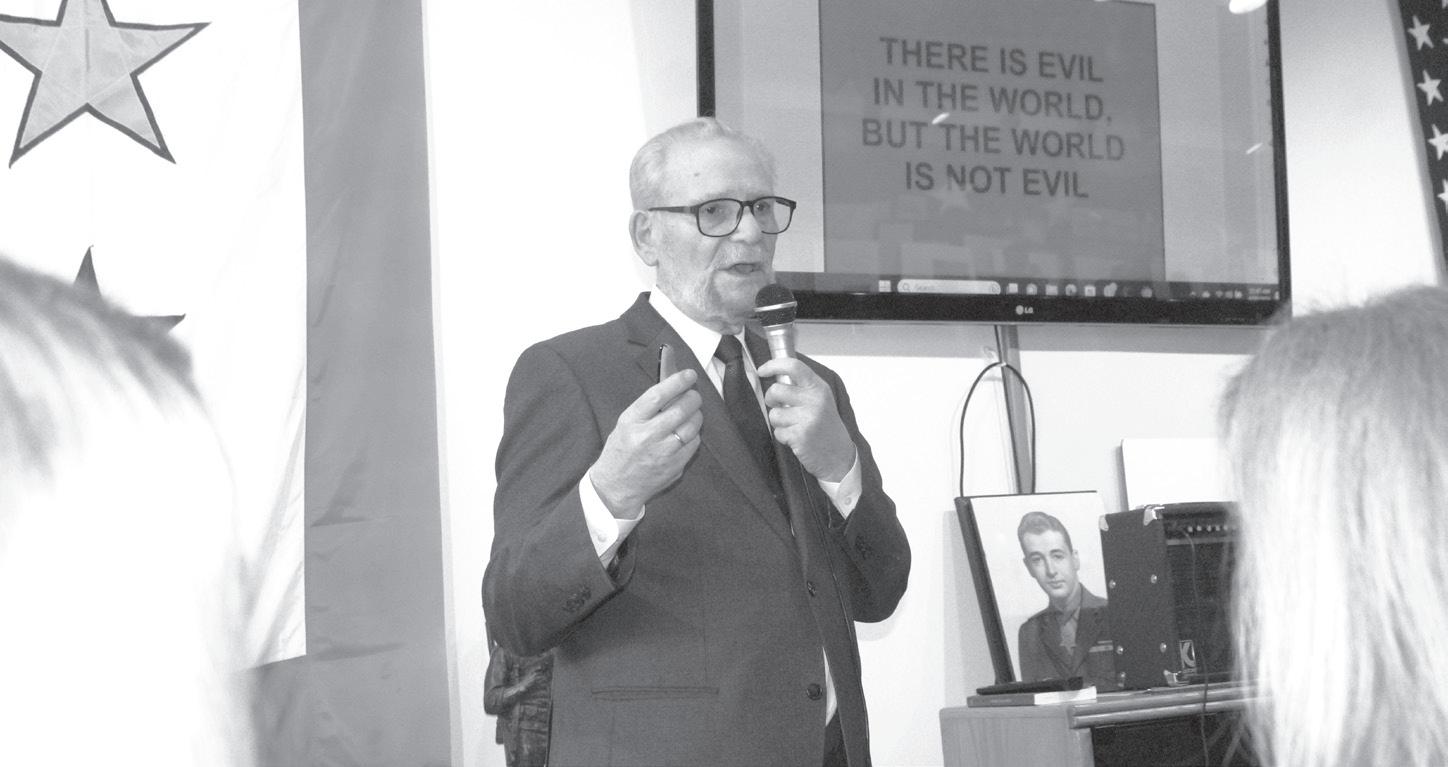
A
case, adopted him so he could live in relative safety in a world where his very life depended on being anything but Jewish.
She was an “upstander,” not a bystander.
“They were called Righteous Among Nations,” Shershnevsky said, adding there were about 28,000 Heroes of the Holocaust — “Gentiles who helped Jews.” Some were family, neighbors, friends. Others were simply strangers, doing the right thing in the face of unthinkable evil.
While the Allied Forces fought that evil on an international scale, the upstanders risked everything to save as many Jews as possible.
One of the best known is Oskar Schindler, the subject of the Steven Spielberg movie Schindler’s List. “He saved close to 1,200 by employing them,” Shershnevsky said. Today, there are more than 8,500 descendants of the Jews saved by Schindler.
Irena Sendler was a Polish social worker who “smuggled out over 2,500 Jewish children,” he said, adding it was at tremendous personal risk. She was captured and tortured, but survived, and returned to work
perspective continued from page 8
take time to remember the many SMEs and government contractors who planned, assisted, fought and died alongside our service members in support of military operations. Remember the many who lost their lives loading aircraft, ships, loading tanks and other combat equipment and those who died doing their duty as part of the 1% of Americans who serve.
Lastly, though, take time to understand what it means to serve. We as Americans cannot allow our military to succumb to the fickle environment
of politics, social fads or sending our sons and daughters off to serve our country without solidly supported plans from start to finish. Thirteen service members paid the ultimate price during the last days of the U.S. war in Afghanistan. Eleven Marines, one Army soldier and one Navy sailor were the victims of a deadly bomb attack on August 26, 2021, in Kabul. We who have served know that things happen. War is dirty, hostile, unforgiving. Such was the case on Feb. 25, 1991, just a few minutes into my shift as the Officer in Charge
rescuing Jews.
Tibor Baranszki was 22 when he was forced to leave his seminary studies and return to Budapest. Instead, he talked his way into the residence of Papal Nuncio Monsignor
Angelo Rotta, the Vatican’s representative in Budapest. He asked for papers from Rotta to allow a Jewish family to escape Hungary. Rotta said “why help just one family?” Shersh-
nevsky said. “He saved over 3,000 Hungarian Jews.”
Baranszki eventually left Hungary and relocated to the U.S., settling in Buffalo, N.Y., as did Shershnevsky and his wife, Rya, a survivor in her own right.
“I didn’t live under the Nazis,” she told a reporter. A small-in-stature woman with an engaging smile,
...continued on page 12
(OIC) of a rear Tactical Operations Center (TOC) for the 89th Military Police Command in Dhahran, Saudi Arabia. Twenty-eight members of the 472nd Quartermaster Group from Farrell, Pa., were killed shortly before the cease fire ending the Gulf War.
In both cases, far away from what one might reasonably consider an imminent hostile combat environment, combat exists. No service member, government contractor or civilian augmentee knows when their time is up; we, however, can do more to ensure that those who are serving are
supported. We have an obligation, I believe, to ensure those who lose their lives in service to our country are never forgotten.
The voice of the freighter captain didn’t stop us from catching our limit that day. The voices of the troops from all the sister services of which I have served remain, however, forever in my heart and my memory.
Never forget!






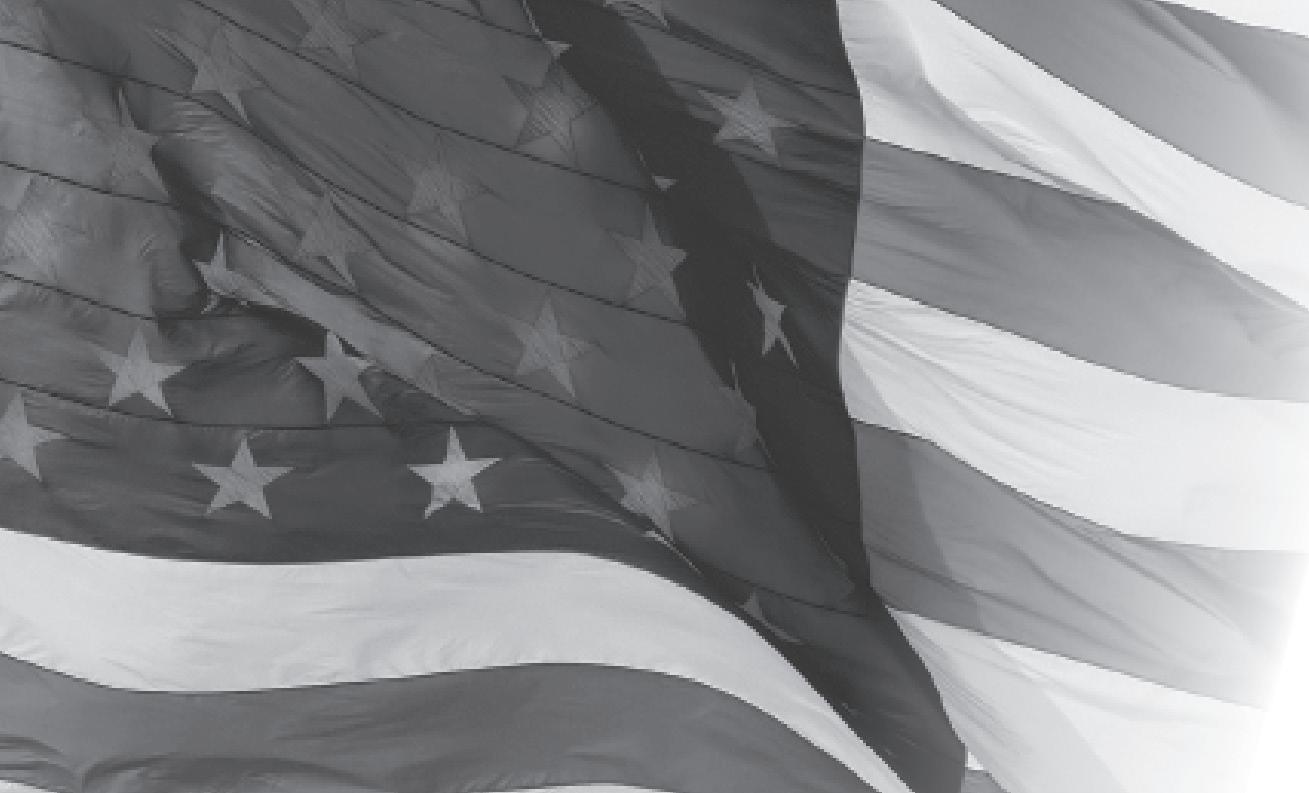






Second Lt. Lawrence B. Carter, from Olean, was commander of a tank company in the 17th Tank Battalion on Nov. 23, 1944.

On that day, near Beeck, Germany, just over the border from The Netherlands, Carter’s tank took a direct hit and he was killed. He was 30 years old and had a wife back in Portville.
Carter was buried in the Netherlands American Cemetery and Memorial in the small Dutch town of Margraten near Maastricht.
Decades after his death, a group of volunteers in the Netherlands created a memorial book to show appreciation for the sacrifices of Allied soldiers like Carter, whose story is among the 250 that have been included.
The Netherlands American Cemetery and Memorial is the final resting place of nearly 8,300 American WWII casualties. The names of another 1,722 soldiers are recorded on the
Walls of the Missing. The cemetery is one of the 26 overseas American cemeteries that are administered by the American Battle Monuments Commission.
The people of the Netherlands have never forgotten the service and
continued from page 10
expressive eyes and a huge presence, she gestured to her husband and said, “It’s his story that’s important.” Hers is a story that is chilling to hear. When she was just a year old, her Jewish family fled the Nazis, penniless, hungry, with the family matriarch extremely ill. Rya’s young brother passed away from starvation. When the family was rescued, her mother was deaf from the illness, and Rya was suffering from the effects of starvation — including a swollen, distended abdomen from a severe protein deficiency.
The impacts of the “Final Solution” — the mass murder of Jews in Europe — were far-reaching.

American troops saw it firsthand when they liberated Buchenwald, Dachau, Dora-Mittelbau, Flossenburg, Mauthausen. Only after the camps were liberated were the full horrors perpetrated by the Nazis exposed to the world.
At the Eldred museum, there’s a Holocaust Room. It’s a bit out of the way, situated so passersby can’t see inside. There’s no photography allowed.
The day of Shershnevsky’s presentation, representatives from B’nai Israel in Olean, N.Y., presented the museum with $10,000 to carry on Holocaust education. And they toured the room.
sacrifice of these soldiers. Since 1945, locals have adopted the graves of the soldiers, treating them like their own family and bringing flowers to the graves regularly. Many long-lasting friendships between Dutch and American families developed through the grave adoption program.
In 2014, volunteers of the Fields of Honor Foundation also initiated The Faces of Margraten project. During the biennial tribute, the graves and Walls of the Missing are decorated with the soldiers’ personal photos. Volunteers in both Europe and the U.S. have collected more than 8,500 faces so far.
On the occasion of the 75th anniversary of the liberation of the Netherlands in 2020, the volunteers put together a book titled “The Faces of Margraten: They Will Remain Forever Young.”
“The photos are only on display at the cemetery for a short period of time. So, we wanted to create a lasting monument in print to these men and women,” the authors of the
book, Jori Videc, Sebastiaan Vonk and Arie-Jan van Hees, say.
The Dutch edition quickly sold out twice. Three years later, there finally is an American edition, which the authors presented to Deputy Chief of Mission Aleisha Woodward of the U.S. Embassy in the Netherlands on March 3.
“We wanted to bring the stories of service, sacrifice, and remembrance home,” the authors say. They added more than 50 stories to the American edition and even more faces to the book’s 10,000-name honor roll.
The book is available through the publisher, Amsterdam University Press, or every other regular book outlet in the U.S., including Amazon and Barnes and Noble.
Carter was born in Olean on May 12, 1914, the son of Carl and Ceal Carter. He graduated from Olean High School in 1932 and enlisted in the U.S. Army in October 1933, serving until 1936. In February 1937
...continued on page 18
David Lasky, treasurer, spoke to a reporter about his thoughts on the Holocaust Room and its gruesome and disturbing contents — photos of emaciated bodies, a uniform from a Jewish prisoner, weapons and more.
“My opinion is that you can’t hide things. People need to know the true horrors of the Holocaust and things that happened in World War II in general, and so things need to be there and people need to see what actually happened,” Lasky said.
Steve Appleby, museum curator, said Shershnevsky toured the room, too.
“He was very thoughtful, very quiet, and very pensive. He said, ‘It’s
terrible. It’s horrible. Don’t change a thing,’” the curator said. Other survivors have had the same reaction, Appleby explained.
It’s a horror almost beyond comprehension. Yet now, around 80 years removed from the Holocaust, there are deniers who are certain that the mass annihilation of Jews never took place.
Survivors, like Shershnevsky and others associated with the Holocaust Resource Center of Buffalo, share their experiences, reliving the worst times of their lives, for the purposes of education.
As Shershnevsky said, “Never again.”










































































































































































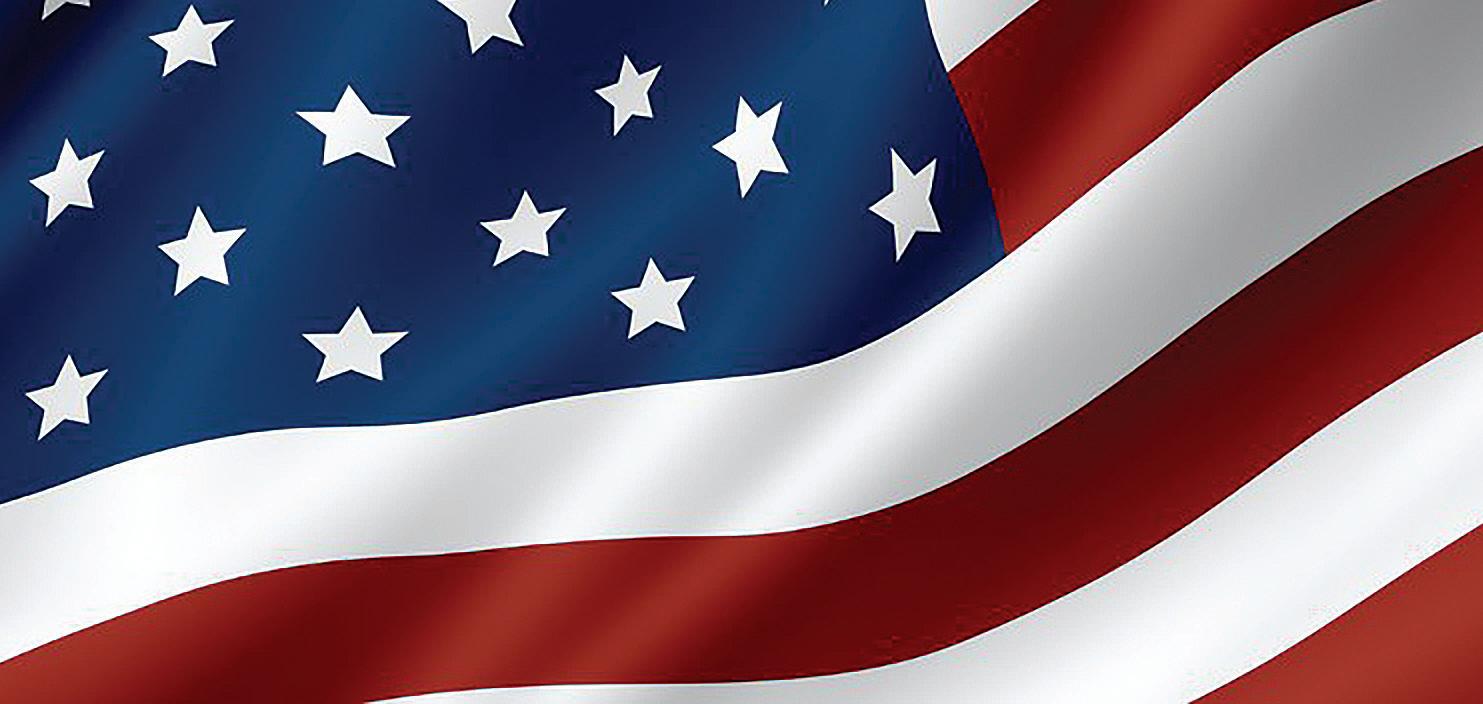

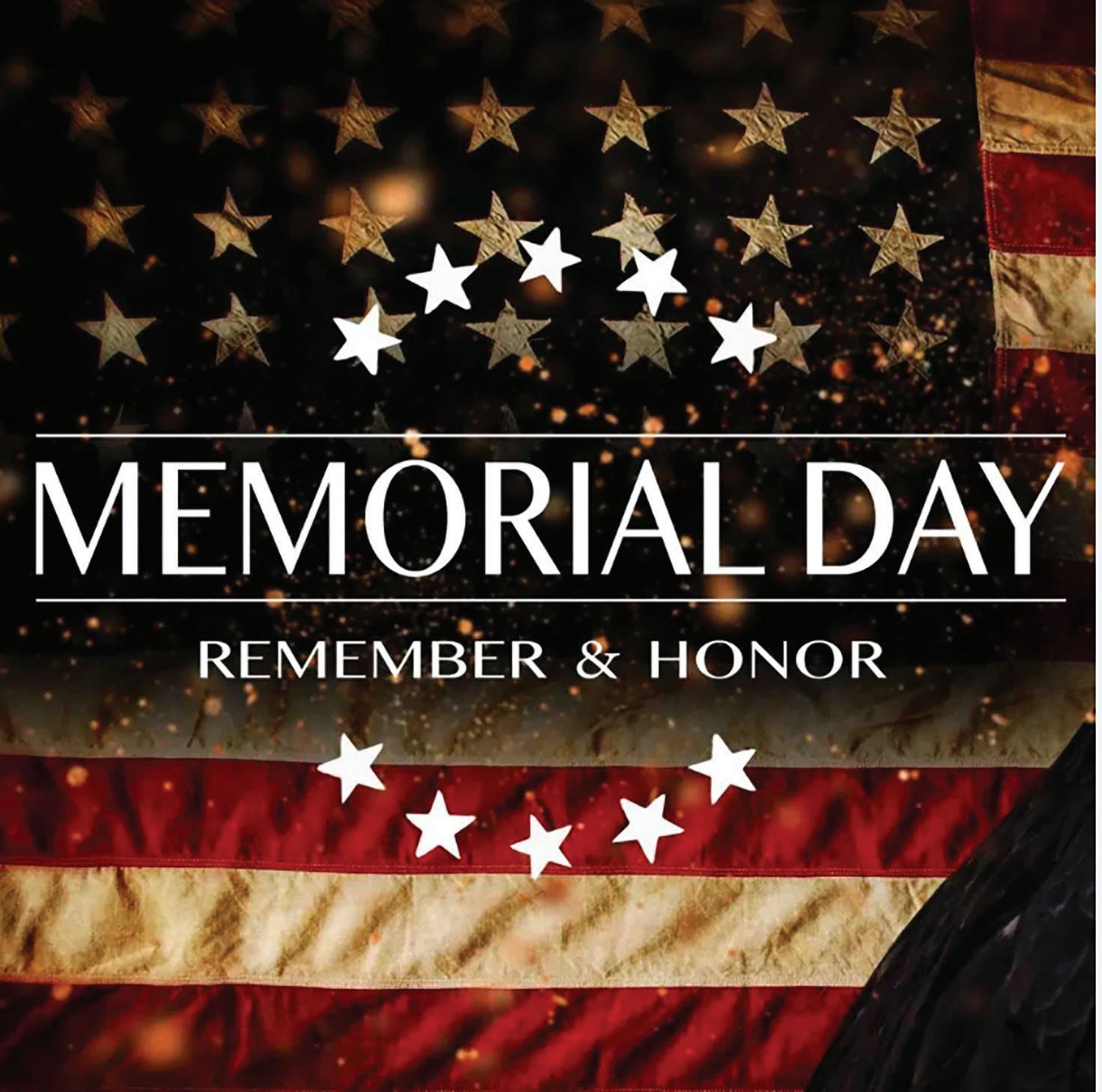






























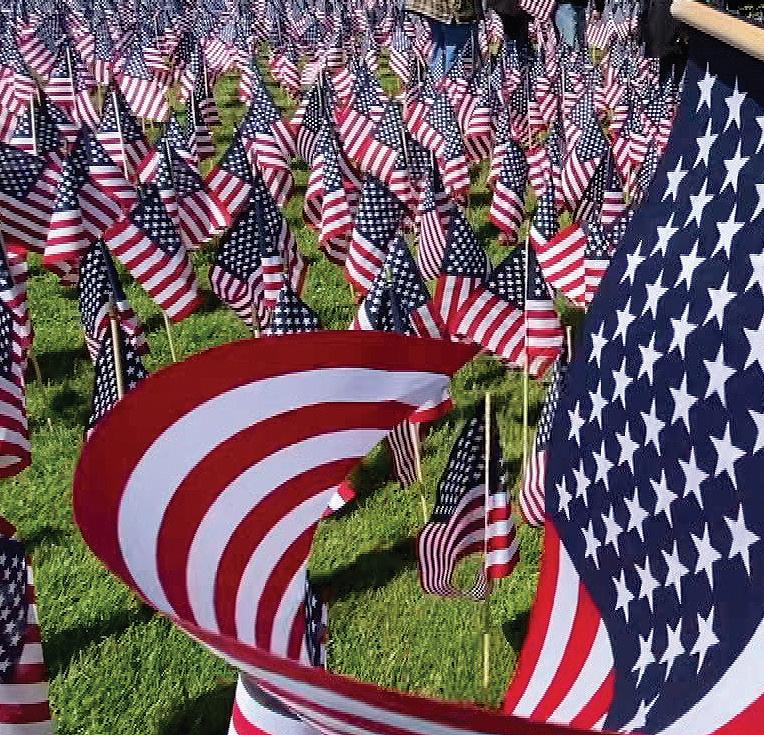





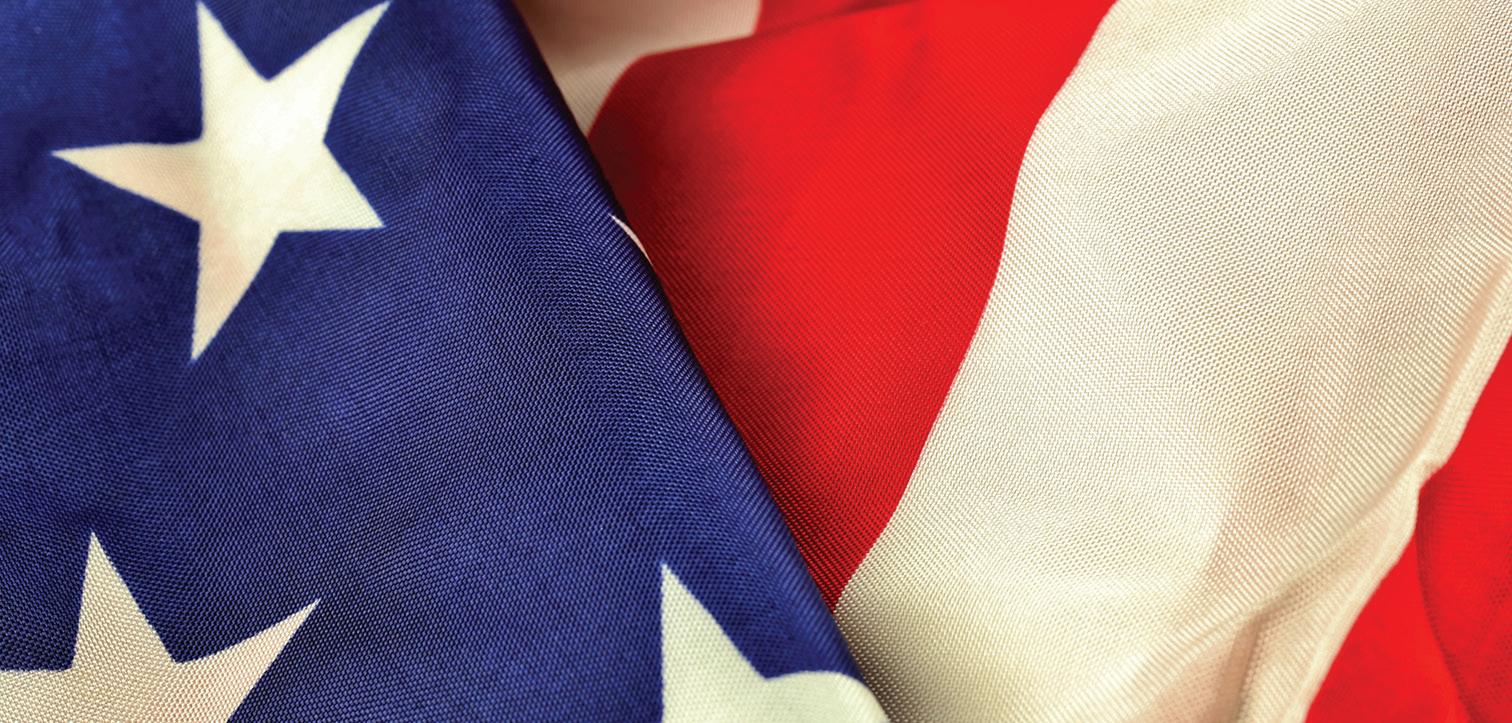












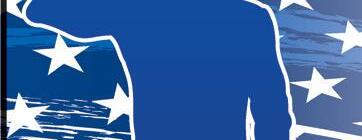













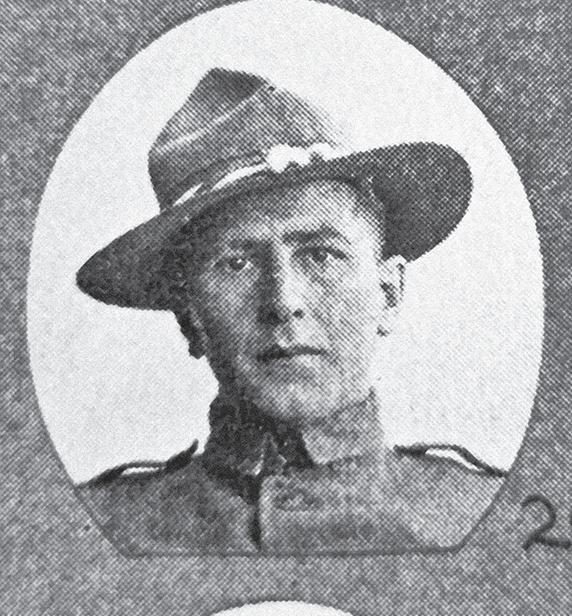 By Cory Angell
By Cory Angell
More than 100 years ago local guardsman were mobilized and thrown onto the world’s stage to fight the war to end all wars, “The Great War.”
“Co. C, 1st Battalion, 112th Infantry, was originally Co. C, 16th Infantry,” said Aaron Heft, Historian with NGP History Project, a nonprofit designed to preserve the history of the Pennsylvania National Guard. The 16th had a proud history, having served in Puerto Rico during the Spanish American War in 1898. Later the unit found itself on the Mexican border to prevent incursion by Francisco “Pancho” Villa during

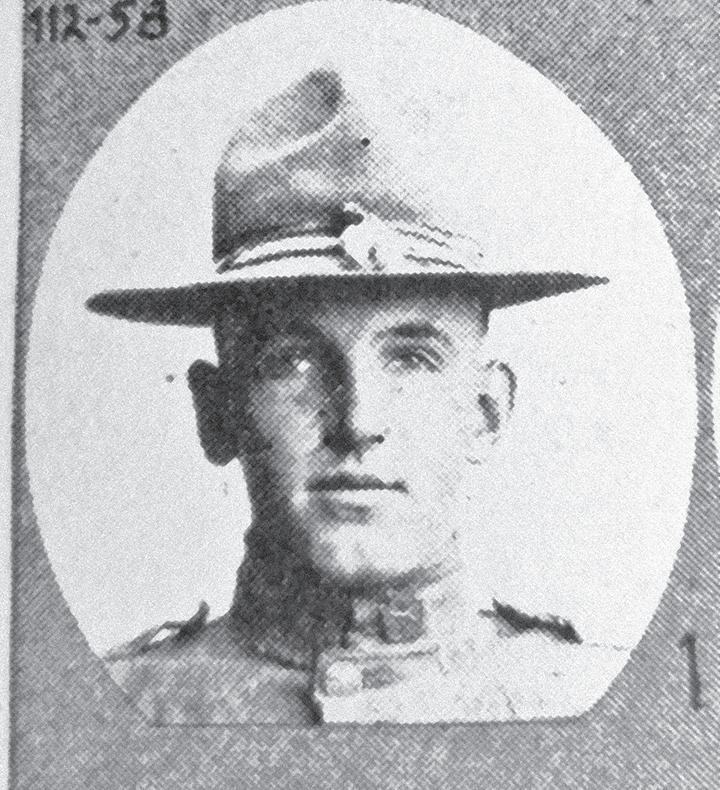
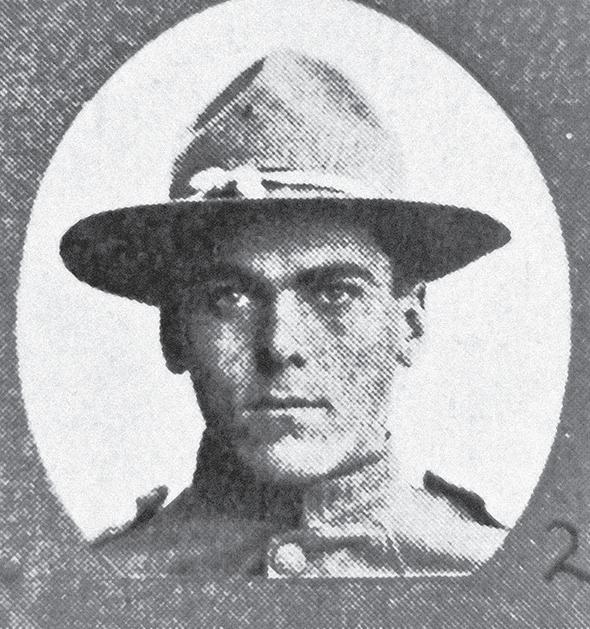
continued from page 12
he married Genevieve Archibald of Portville.
After a stint in the Army Reserve, Carter volunteered as an officer candidate in July 1942 and went to officer candidate school at Fort Knox, Ky. He was commissioned a second lieutenant and assigned to the 7th Armored Division.
In November 1943, he signed up for overseas duty and left the 7th to go to England, where he was assigned to a cavalry reconnaissance unit. In June 1944, Carter went into France with that unit but in October 1944 he received a transfer back to the 7th Armored, then in England.
He saw action with the 17th Armored Battalion in the drive across France, Belgium and Holland, assuming command of Company A on Oct. 29, 1944, less than a month before he was killed in Germany.
the Mexican Punitive Expedition when they returned home in January 1917.
“They were actually lucky,” said Heft. “There were units that never came home. They went straight from the border mission to Camp Hancock, Georgia. That’s where the Army restructured and the 112th Infantry Regiment was born, Oct. 11, 1917.”
The U.S. declared war Dec. 7, 1917.

How many soldiers from McKean County were a part of the fight and where were they from, is a complex question. The five-volume historical compilation on the history of the 28th Infantry Division in the First World War published in 1924, does a pretty good job, but soldiers were shuffled and units restructured throughout the war.
The post war alpha roster has approximately 390 serving with Co. C over the course of World War I. Of these, there were about 20 killed in action and 90 wounded or gassed. However, also formed from the Bradford area were the elements of the 112th Machine Gun Co. and the Sanitary Detachment.
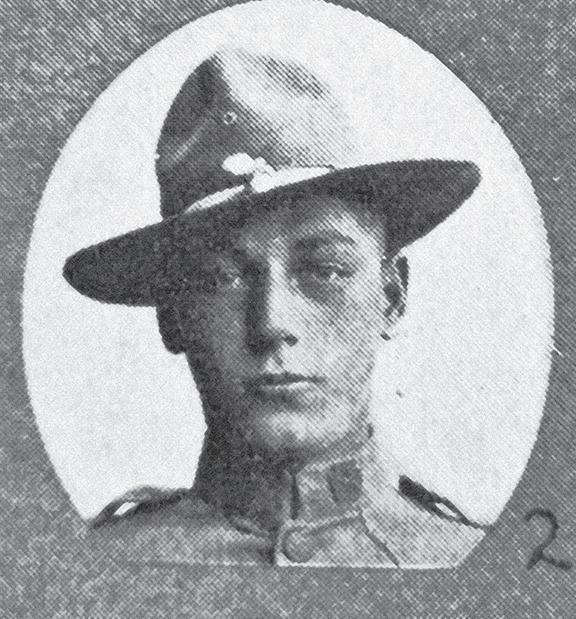
The Marne, Oise-Aisne, Meuse-Argonne and Lorraine were among the battle streamers the 112th would earn in World War I.
“It’s important that we remember our fallen,” said Capt. Cory Johnson, public affairs officer for the 56th Stryker Brigade, current brigade command of Co. C. “These soldiers stood as guardians of their communities during disasters and answered the call to war 100 years ago. We take pride in that mission today and honor the memory of those who came before.”
Some of the areas fallen from Company C include:









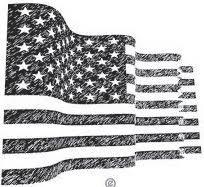
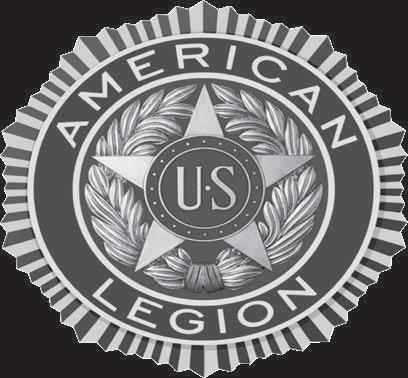
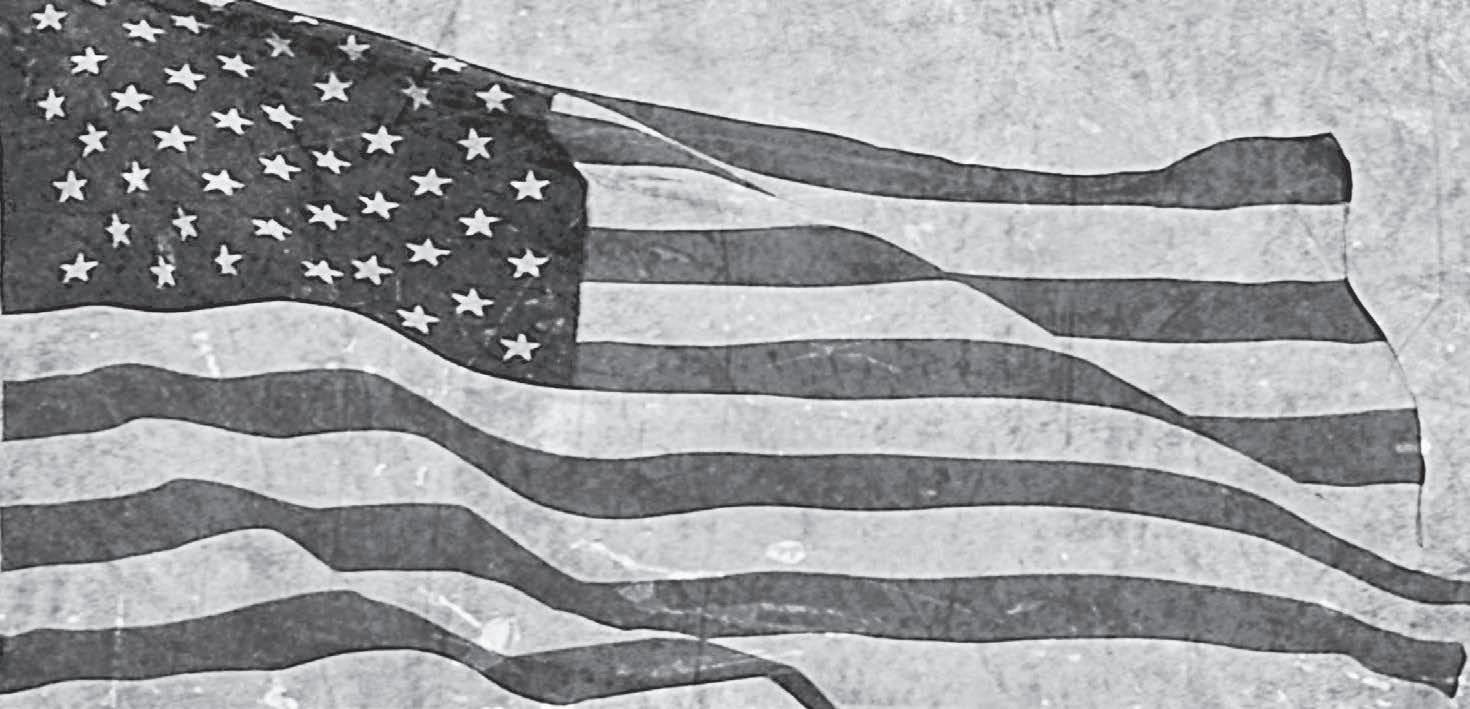































More than 170,000 men participated in Operation Overlord’s opening salvo — D-Day, June 6, 1944. Of those, eight were local men from the first battalion to land on Omaha Beach.
The 299th Engineer Combat Battalion had one of the hardest jobs on D-Day — go ashore at Omaha Beach and clear the way for the infantry and tanks.
Laden with 50 pounds of gear and weapons, tugging rubber rafts filled with explosives, the battalion moved out of head-deep water and up the beach as the spearhead of the first wave to clear eight 50-yard gaps in the underwater obstacles to let the thousands of troops, tanks and landing craft behind them onto the beach. The battalion’s A and C companies landed at Omaha Beach in the early morning hours that day, along with the headquarters and service company. Company B landed at Utah Beach.
According to the 1950 book, “The
Famous 299th,” by 7:15 a.m. five of the gaps had been established despite heavy mortar and artillery fire. By 10 a.m., the beach had been cleared and the unit began clearing the remaining obstacles from the beach. Artillery and air attacks continued through the next day. For several days after,
artillery and sniper fire harassed the troops as they worked with little food or rest.
Despite the fiercest fighting along the Normandy front that day, the unit paved the way for the liberation of France. The unit received the Presidential Unit Citation for its efforts at Normandy.
“The mission of the battalion was completed under extremely difficult and hazardous conditions, which required extraordinary heroism and determination on the part of each individual,” the citation said. “The esprit de corps of the 299th Engineer Combat Battalion exhibited in this action is worthy of the highest praise.”

But that came at a price — at least 65 men were killed that day, with many more wounded in the heavy fire from defenders. The unit suffered approximately 33% casualties. Among the dead were eight men from Cattaraugus and Allegany counties.
Not since Sept. 29, 1918 — when Olean’s Company I launched an assault on the German Hindenburg
Line a generation earlier — had so many area men from one unit been killed in a single day’s fighting. In total, Company A saw 19 men killed, including Pvt. Raymond Cartwright of Andover; Pvt. Ken-

...continued on page 22
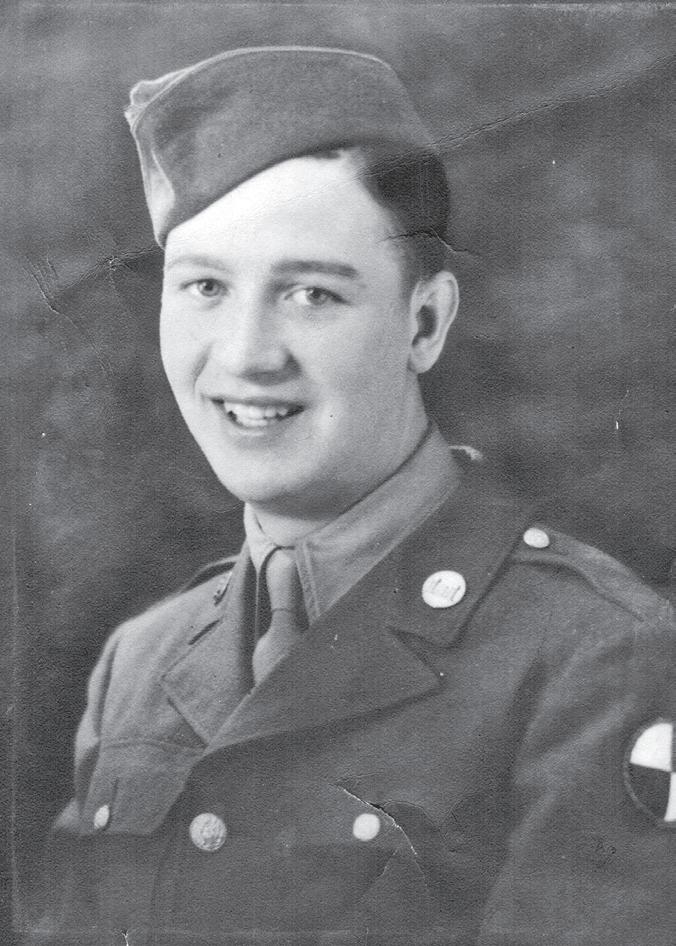
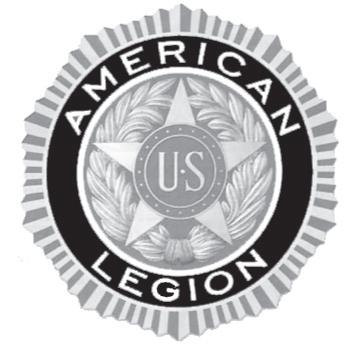







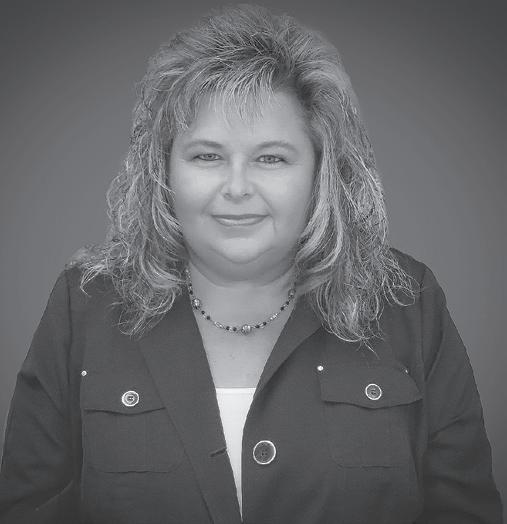







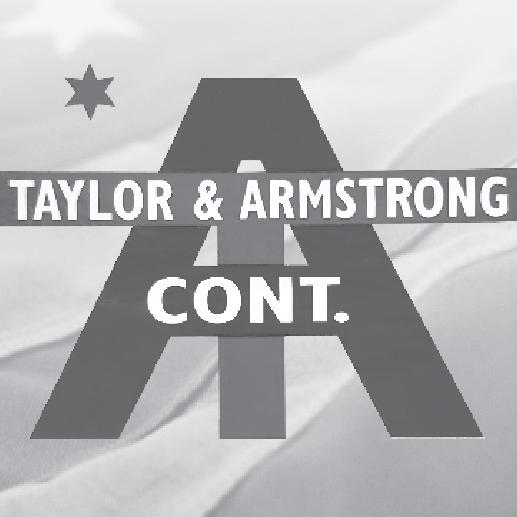
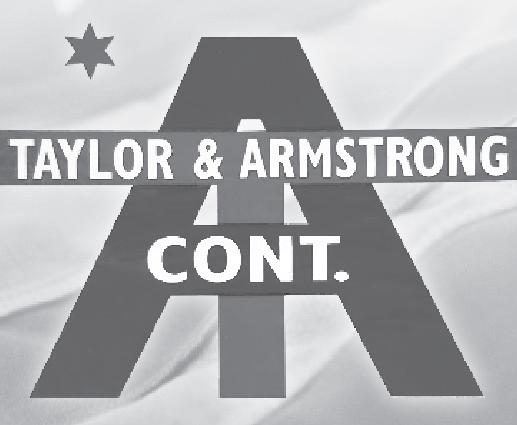




 By Cory Angell
By Cory Angell
The 28th Infantry Division of the Pennsylvania National Guard holds its own memorial ceremony the Sunday prior to Memorial Day weekend.
The event is held annually at the Pennsylvania Military Museum on the grounds of the 28th Infantry Division Shrine.
Lt. Nickolas Erickson, Bradford,
carried the guidon for Co. C, 1st Battalion, 112th Infantry at the event. All the companies in the division field their unit guidon flags for the event. Units from across Pennsylvania were participating.
The shrine was started by Col. Theodore Boal, the same man the town is named after, when he returned home with his soldiers after World War I. They erected a shrine for their fallen and the tradition continued with more and more names
and monuments dedicated to the memory of fallen 28th Infantry Division soldiers in conflicts since.
The Pennsylvania Military Museum is a community gathering place welcoming audiences of all abilities and backgrounds to gather and explore the story of the Commonwealth’s men and women serving in the Armed Forces, civilian activities
on the home front, and Pennsylvania’s contributions to military innovation.

The Pennsylvania Military Museum is administered by the Pennsylvania Historical and Museum Commission and is actively supported by the Friends of the Pennsylvania Military Museum, which is a non-profit, community-based organization.
continued from page 20
neth Fatty of Coldspring; Pfc. Joseph Michael O’Connor of Ellicottville; and Sgt. Howard R. Morris of Machias. Company C lost 33 men, including Pfc. Albert Richard Boehmer of Machias, Pfc. Charles L. Burt of Cuba, Sgt. Edward L. Dorney Jr. of Wellsville, and Sgt. Robert James Moritz of West Valley.
Reports indicate that several never even set foot in France before making the ultimate sacrifice.
O’Conner was reportedly killed at
6:30 a.m. — the very beginning of the invasion — according to the obituary published in the Times Herald upon the return of his body to the area in 1947. His body was originally interred at Saint Laurent-sur-Mer Cemetery, but under a worldwide effort by the War Department, hundreds of thousands of deceased servicemen were repatriated to the U.S. after the war ended. O’Connor was buried in Holy Cross Cemetery.
Several others were returned, in-
cluding Cartwright, who was laid to rest in Hillside Cemetery in Andover. Burt’s family told the Times Herald that he was also originally interred in France before being brought home to Cuba.

Burt is mentioned in an article on the battalion’s alumni website by Chuck Hurlbut, who wrote of his experiences in 1998. In the article, Hurlbut said he recognized Burt’s body after he was killed by artillery fire before reaching the shore.
Several efforts to remember the battalion and it’s contributions to the war have been made. There are three monuments to the unit in the Auburn area, as many of the men who served in the unit were from the Auburn area. A section of Interstate 190 from Tonawanda to Youngstown was dedicated as the 299th Engineer Combat Battalion Memorial Highway in 2006, as several men who fought in the unit were from the Buffalo area.
‘First on Omaha’Rick Miller/Olean Times Herald This gravestone of Nathaniel Blasdell who served in the War of 1812 is located in Dayton Cemetery along Route 62 in the Cattaraugus County town of Dayton.
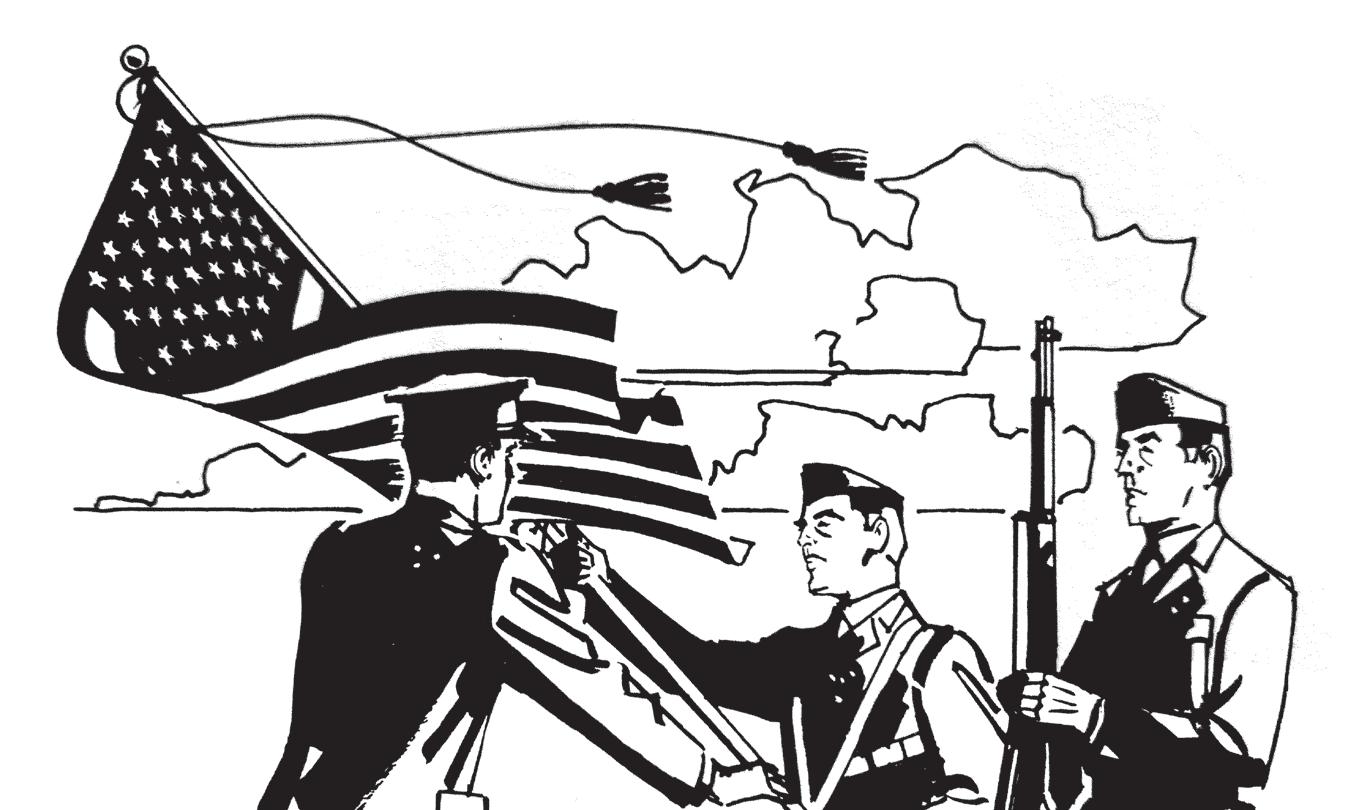
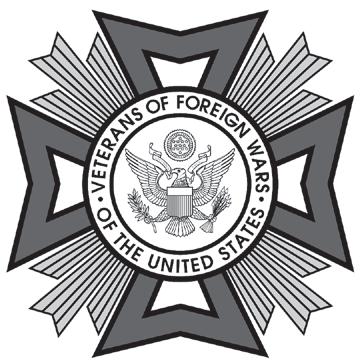






For the past three years, Cattaraugus County veterans have been recording videos about their military experiences, from World War II to the War on Terror.
More than 40 videos featuring interviews of county veterans have been produced for “Our Veterans, Their Stories.”
It is a cooperative project involving the Cattaraugus County Museum, Veterans Services and the Department of Aging.
The veterans’ stories on video are online on the County Museum’s YouTube channel and have been viewed thousands of times.
“Preserving first hand accounts from our heroes — one story at a time,” is the program’s objective.
The videos include riveting interviews of veterans from the Vietnam War including that of Kirk Snyder, a Little Valley native who joined the U.S. Marine Corps right out of high school. He said that right after basic training he was shipped to Vietnam. His first assignment was at Khe Sanh, which was by the time he arrived surrounded by more than 40,000 soldiers from the North Vietnam Army.
The forward base was under bombardment from rockets and mortars from more than two months. U.S. soldiers dug into the earth to make bunkers to withstand the attacks. Snyder said many men, including some friends died in the siege.
Snyder’s video has been viewed more than 8,500 times.
Some of the first videos were
made by Cattaraugus County Veterans Service Director Steve McCord, who rose to the rank of major in the Army, and county legislators Norman Marsh of Little Valley and Richard Helmich of Delevan.
Marsh had secured funding for the program by the County Museum, Veterans Service Office and Department of the Aging.
John Tomerlin of Allegany is the videographer recording the veterans’ recollections. He often asks a veteran questions designed to expand on an event they had spoken about.
Brian McClellan, Cattaraugus County Museum curator, has packaged the veterans videos and suggested lesson plans for social studies teachers across the Southern Tier. There is one lesson plan on the Vietnam War and they are working on a 9-11 video about the attacks on the World Trade Center and Pentagon. After that, plans are to interview the Korean War veterans and the Cold War, McClellan said.
Other veterans have spoken about their time in the service in the Afghanistan and Iraq wars, he said.
McClellan said the County Museum in Machias has a kiosk where visitors can view the veterans’ videos.

The museum also has audio tapes from World War II veterans who were interviewed by Vincent Oliverio in the mid-2000s, including his father.
If you or a veteran you know is interested in arranging a video interview, there are links to share your story and for questions about the project on the Veterans Services page on the Cattaraugus County website at: https://www.cattco.org/veterans-stories


Memorial Day is observed on the last Monday of May, honoring the men and women who died while serving in the U.S. military.
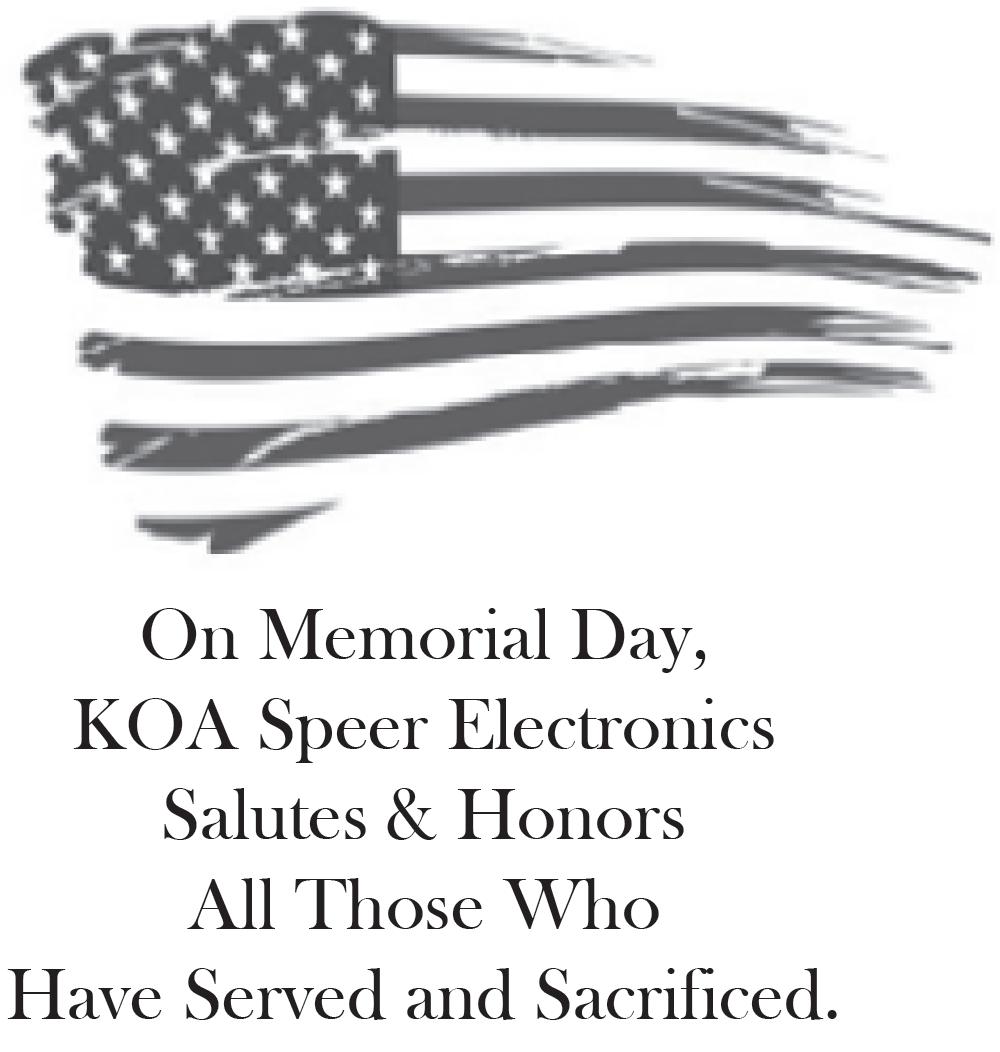
Originally known as Decoration Day, it originated in the years following the Civil War and became an official federal holiday in 1971. Many Americans observe Memorial Day by visiting cemeteries or memorials, holding family gatherings and participating in parades.
The Civil War, which ended in the spring of 1865, claimed more lives than any conflict in U.S. history and required the establishment of the country’s first national cemeteries.
By the late 1860s, Americans in various towns and cities had begun holding springtime tributes to these countless fallen soldiers, decorating their graves with flowers and reciting prayers.
According to history.com, it’s not clear where exactly this tradition originated; numerous different communities may have independently initiated the memorial gatherings. And some records show that one of the earliest Memorial Day commemorations was organized by a group of formerly enslaved people in Charleston, South Carolina less than a month after the Confederacy surrendered in 1865. In any case, in 1966 the federal government declared Waterloo, New York, the official birthplace of Memorial Day.
Waterloo — which first celebrated the day on May 5, 1866 — was chosen because it hosted an annual, communitywide event, during which businesses closed and residents decorated the graves of soldiers with flowers and flags.
On May 5, 1868, Gen. John A. Logan, leader of an organization for Northern Civil War veterans, called for a nationwide day of remembrance later that month. “The 30th of May, 1868, is designated for the purpose of strewing with flowers, or otherwise decorating the graves of comrades who died in defense of their country during the late rebellion, and whose bodies now lie in almost every city, village and hamlet churchyard in the land,” he proclaimed.
The date of Decoration Day, as he called it, was chosen because it wasn’t the anniversary of any particular battle. On the first Decoration Day, Gen. James Garfield made a speech at Arlington National Cemetery, and 5,000 participants decorated the graves of the 20,000 Civil War soldiers buried there. Many Northern states held similar commemorative events and reprised the tradition in subsequent years; by 1890 each one had made Decoration Day an official state holiday. Southern states, on the other hand, continued to honor the dead on separate days until after World War I.
Memorial Day, as Decoration Day gradually came to be known, originally honored only those lost while fighting in the Civil War. But during World War I the United States found itself embroiled in another major conflict, and the holiday evolved to commemorate American military personnel who died in all wars, including World War II, The Vietnam War, The Korean War and the wars in Iraq and Afghanistan.
For decades, Memorial Day continued to be observed on May 30, the date Logan had selected for the first Decoration Day. But in 1968, Congress passed the Uniform Monday Holiday Act, which established Memorial Day as the last Monday in May in order to create a three-day weekend for federal employees. The change went into effect in 1971. The same law also declared Memorial Day a federal holiday.
Cities and towns across the U.S. host Memorial Day parades each year, often incorporating military personnel and members of veterans’ organizations. Some of the largest parades take place in Chicago, New York and Washington, D.C.

Americans also observe Memorial Day by visiting cemeteries and memorials. Some people wear a red poppy in remembrance of those fallen in war — a tradition that began with a World War I poem.
On a less somber note, many people take weekend trips or throw parties and barbecues on the holiday, perhaps because Memorial Day weekend — the long weekend comprising the Saturday and Sunday before Memorial Day and Memorial Day itself — unofficially marks the beginning of summer.
On this Memorial Day as we honor our fallen servicemen and women who so selflessly served our country.
We at the Mascho Funeral Home, Inc. would like to join our community and the nation in remembering the courageous men and women who put freedom first. We would like to especially remember all those veterans that we have lost this past year including:
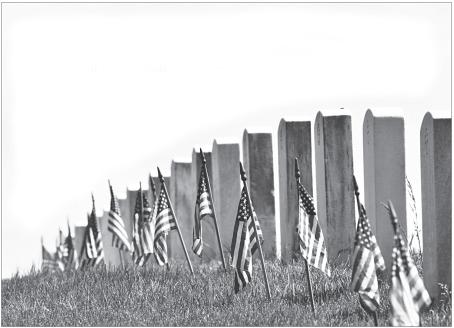
Lawrence J. “Larry” Lathrop
Michael J. Braunroth
Anthony “Tony” Pascarella
Elmer F. DeLucia
George D. Arnett
Ray F. Louk, Jr.
Harold J. Young
75 Kennedy Street, Bradford
Phone: 368-7149 www.maschofuneral.com
”













